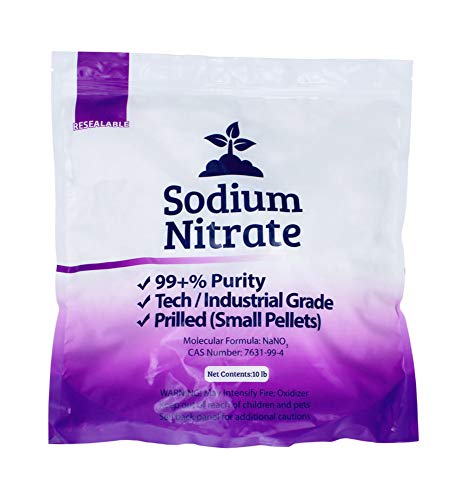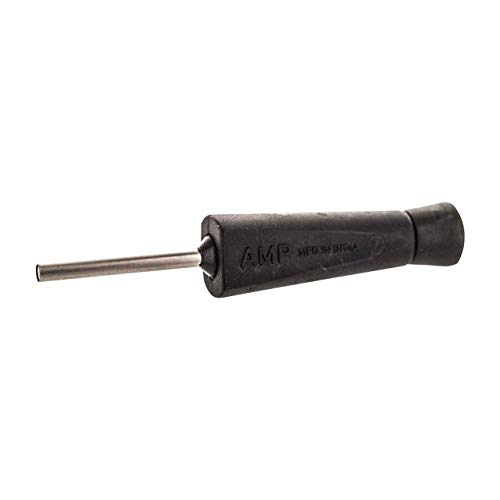solarsmith
Well-known member
I used a shaker table to concentrate the milled ore and sent my #1 cons (best ) to the assayer and got a big surprize. The #1 cons had 0 gold. the one and only place for gold to get out of the system was in the magnetic seperator. so I assayed it and BINGO found all the gold tied to my magnetic ferros iron. iron assay of 98% and no gold in the tails or the slimes....just a mater of seperating iron from gold.




































































